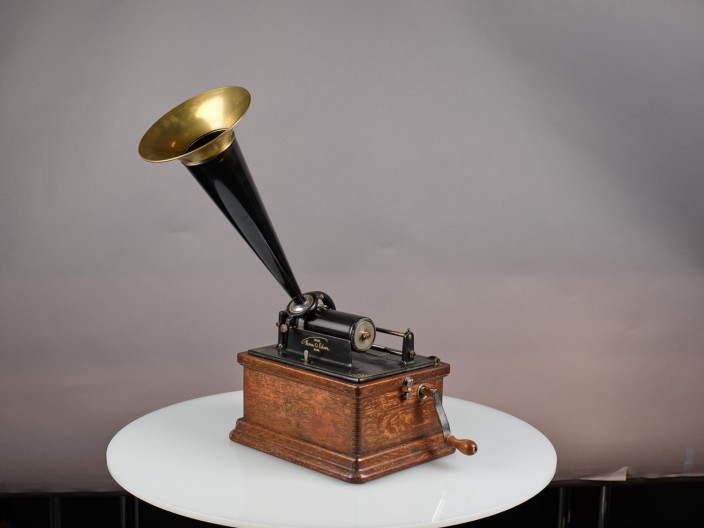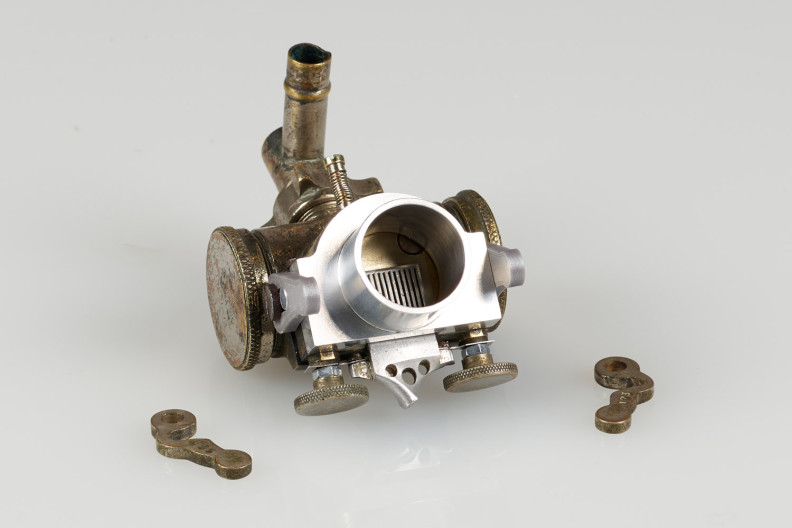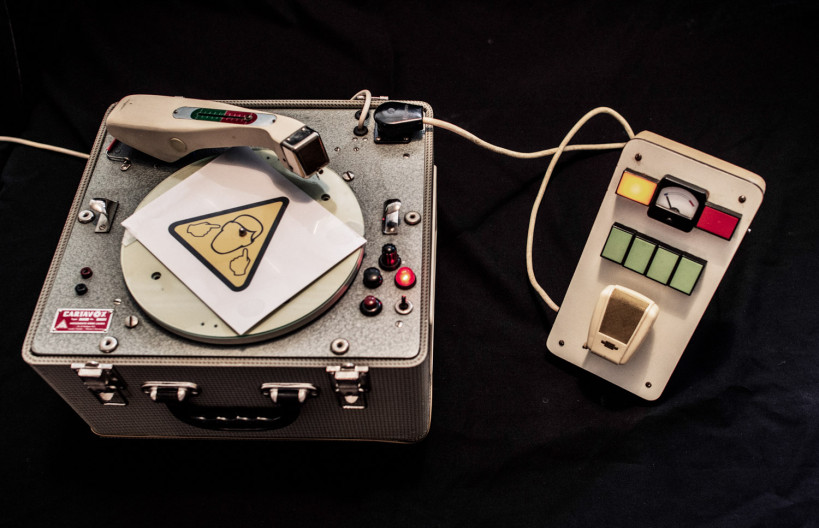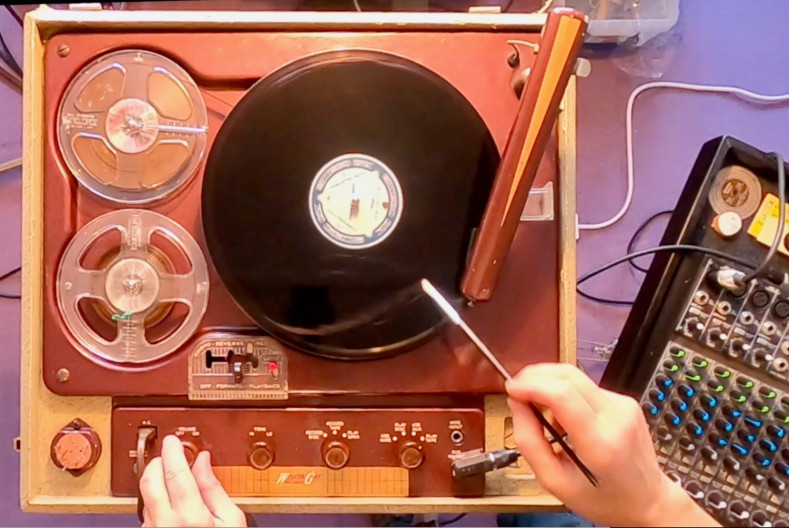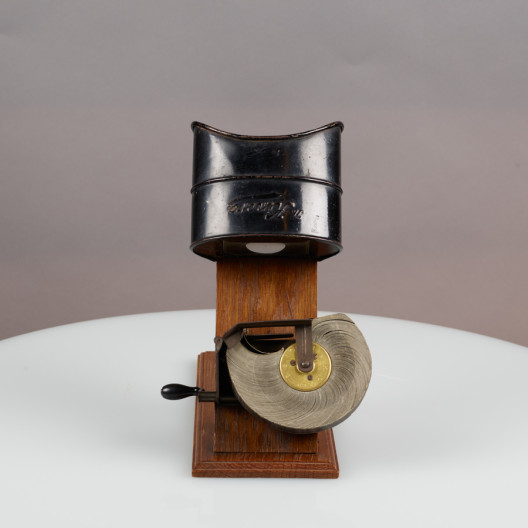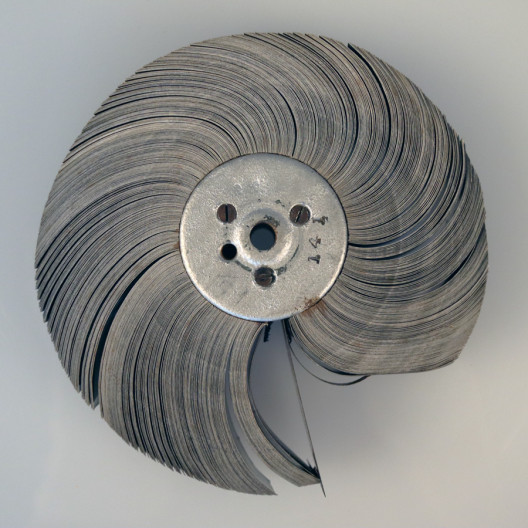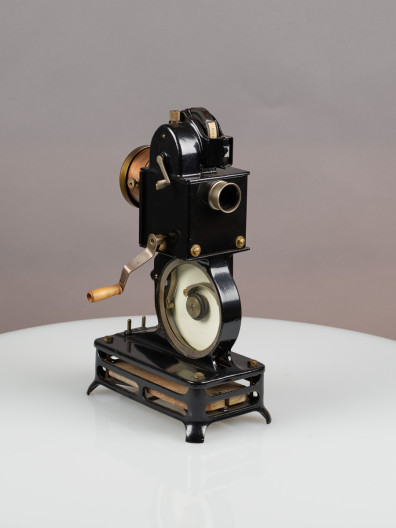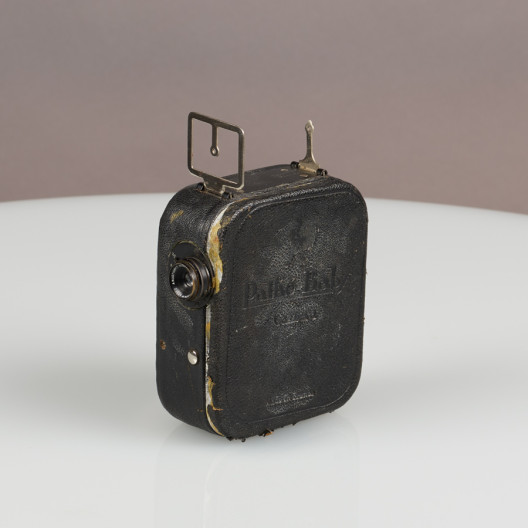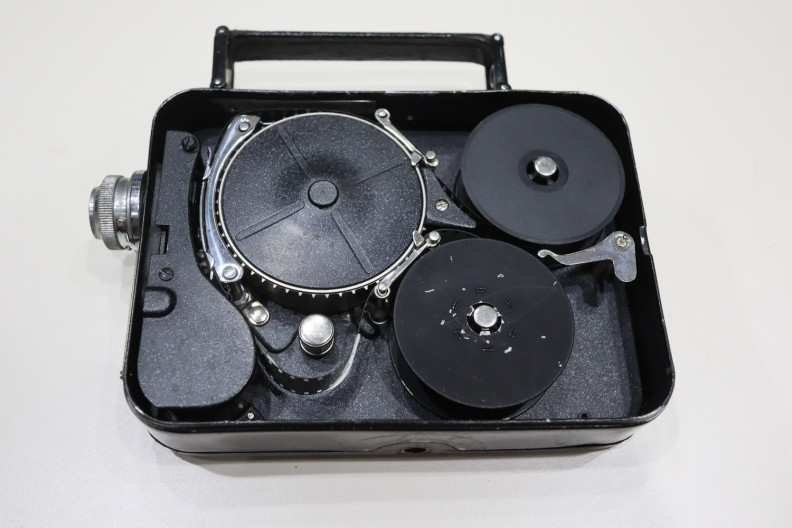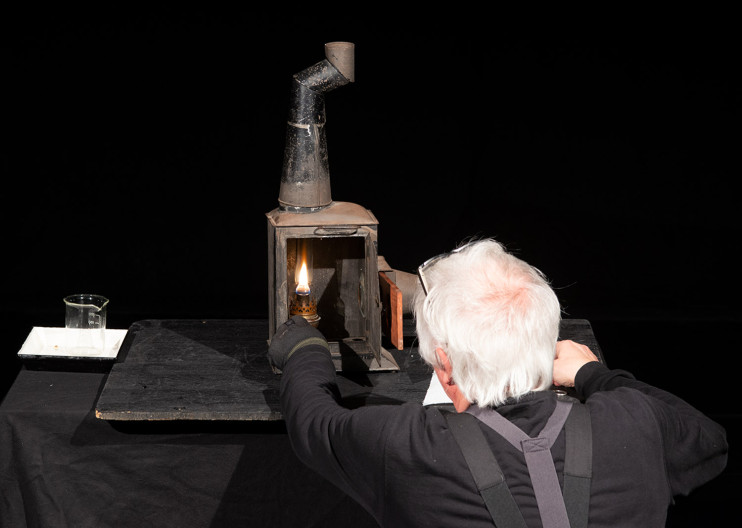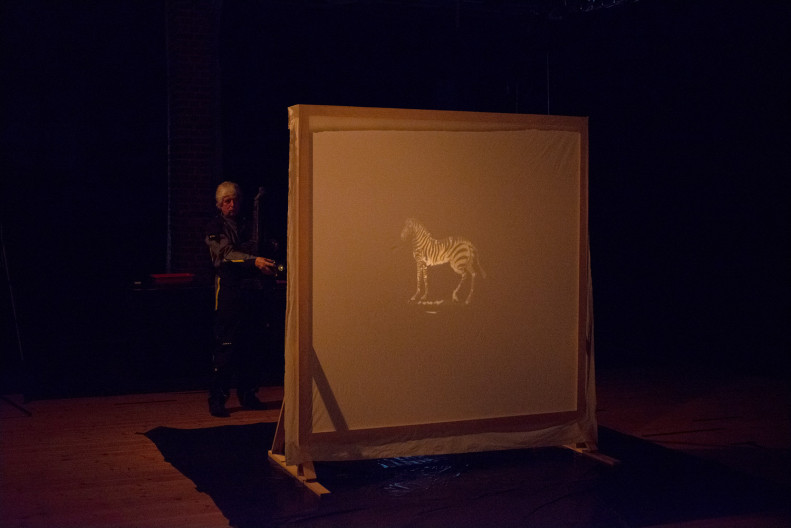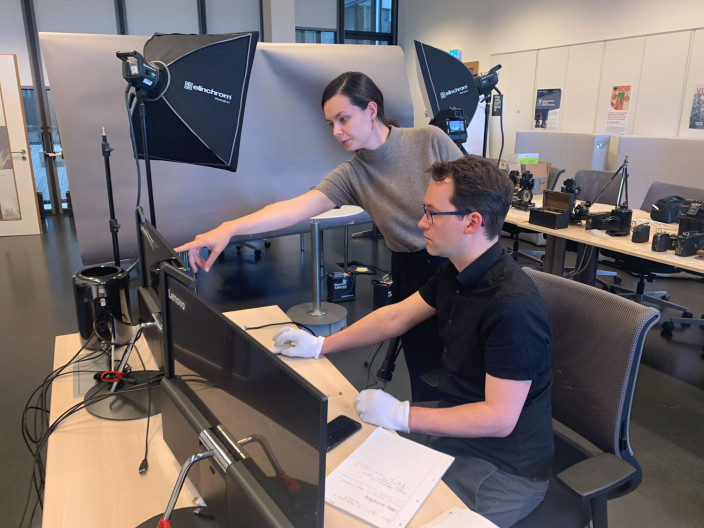Doing Experimental Media Archaeology (DEMA) was a three-year C²DH research project, funded by the Luxembourg National Research Fund (FNR). It systematically explored the potential of doing hands-on experiments with historical media technologies in order to better understand and experience how they worked and were used in the past.
Experiments were done with various analogue media objects, including analogue sound recording and reproduction technologies, early twentieth century home cinema and amateur filmmaking technologies, and improved phantasmagoria magic lanterns.
DEMA meets CRAFTED
The DEMA dataset comprises 202 items of high quality photos, videos, sound recordings, 360-degree and 3D representations of the various analogue media objects used in the DEMA project. These include a Cartavox sound postcard recorder, Stentorphone and Auxetophone valved sound boxes, HMV 2300H portable disc recorder, Nagra portable audio recorder, Edison ‘Fireside’ Phonograph and wax cylinders, Improved Phantasmagoria Lanterns, Kinora motion picture viewer and various amateur film and home cinema equipment, including 9.5mm, 16mm, 8mm and Super 8 film cameras, projectors and reels.
The dataset was published on the Europeana platform in the context of the CRAFTED project, aimed to support the transfer of European crafts to future generations by aggregating, enriching and promoting tangible crafts heritage and preserving intangible skills and knowledge from craftsmen and artisans. The dataset specifically contributed to the crafts-domain of ‘analogue media production’.
Highlights from the dataset
In the following you can find some highlights from the dataset in relation to the three DEMA sub-projects:
Historical sound technologies
For the DEMA project, composer and researcher Aleksander Kolkowski explored early to mid-twentieth-century sound recording and amplification technologies and their histories of use.
Re-enactment of making a sound postcard recording with the Cartavox, recorded by Aleksander Kolkowski in the Contemporary History Lab, Esch-sur-Alzette, October 2020:
- Explore the Europeana gallery Analogue Sound Technologies
Home cinema and amateur film
In his DEMA research, media historian Tim van der Heijden explored early-twentieth-century home cinema and amateur film technologies.
Demonstration of a Kinora viewer and reel in use:
- Read the Europeana blogpost The Kinora: The First Home Cinema Technology
- Visit the CRAFTED exhibition Life in Motion: A History of Amateur Film
- Explore the Europeana gallery Home Cinema Technologies
- Explore the Europeana gallery Amateur Filmmaking Technologies
Improved phantasmagoria lanterns
For the DEMA project, magic lantern specialists and performers Karin Bienek and Ludwig Vogl-Bienek explored the historical “art of projection” by means of a series of experiments with Improved Phantasmagoria Lanterns from the 19th century.
Video documentation of a series of historical re-enactments with 'Improved Phantasmagoria Lanterns' (1820-1880), performed by Karin Bienek and Ludwig Vogl-Bienek, illuminago, Frankfurt am Main, 2020:
From 360 degree to 3D
Central to the dataset are various 360-degree images and 3D objects. The captures were made at the Digital History Lab of the University of Luxembourg by means of a Phase One 360 photo camera and its Capture One processing software. Positioned on a rotating glass plate, each object was photographed 36 times with a 10-degree interval.
3D representation of a HMV 2300H Portable Disc Recorder:
All 3D models can be viewed and downloaded here.
Acknowledgements
A huge thanks to everyone who has contributed to the DEMA dataset: Andreas Fickers, Aleksander Kolkowski, Stefan Krebs, Christianne Blijleven, Karin Bienek and Ludwig Vogl-Bienek (illuminago), Andy O'Dwyer, Gerald Freyer, the support teams of the C²DH and the Media Centre of the University of Luxembourg, Theodoros Georgiakakis and Onno Petersen. Thanks also to the CRAFTED project team for their support, especially Eirini Kaldeli, Jolan Wuyts, Małgorzata Szynkielewska, Chiara Latronico, Laura Schotte and Nienke van Schaverbeke.
This entry is based on the blog post New CRAFTED-DEMA dataset shows the potential of digital technologies for media heritage, originally published on Europeana Pro. See for more highlights from the CRAFTED project: https://www.europeana.eu/en/making-culture. For more information about the DEMA project, see: https://dema.uni.lu/.



